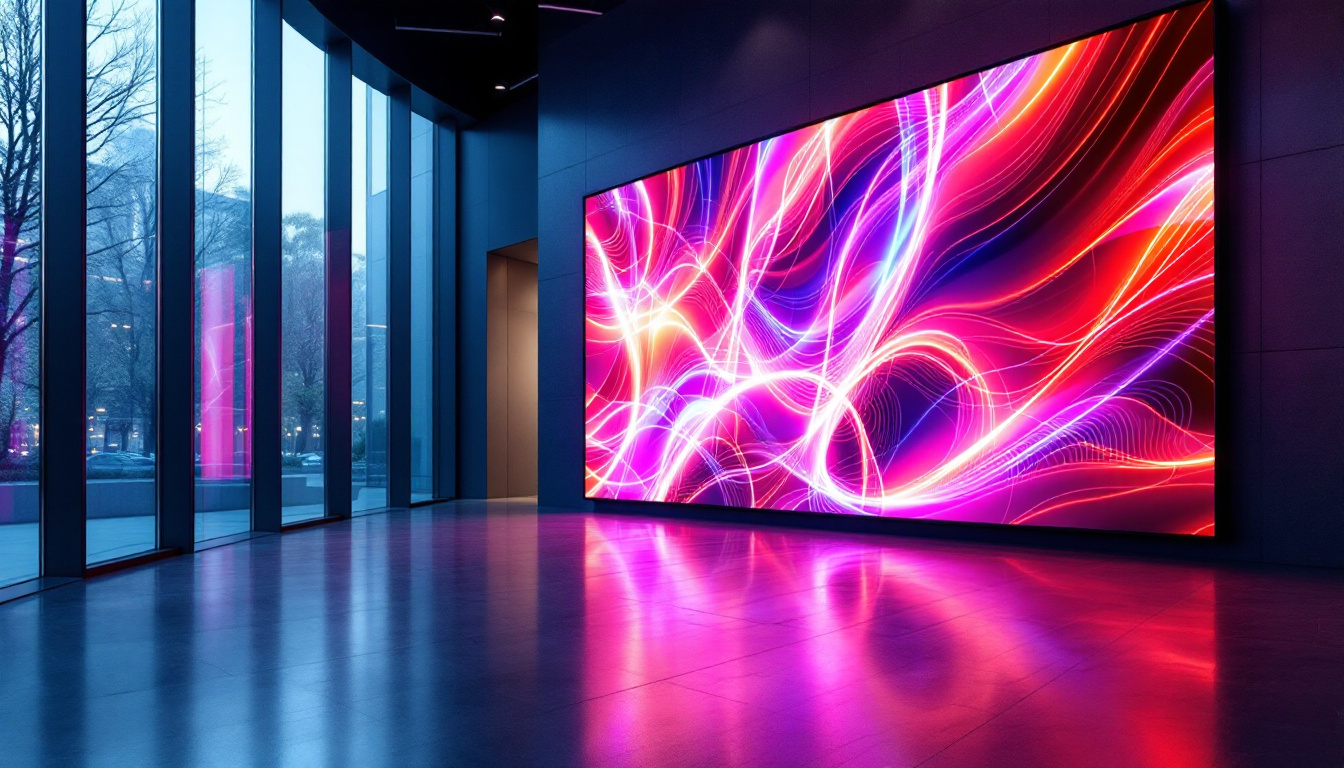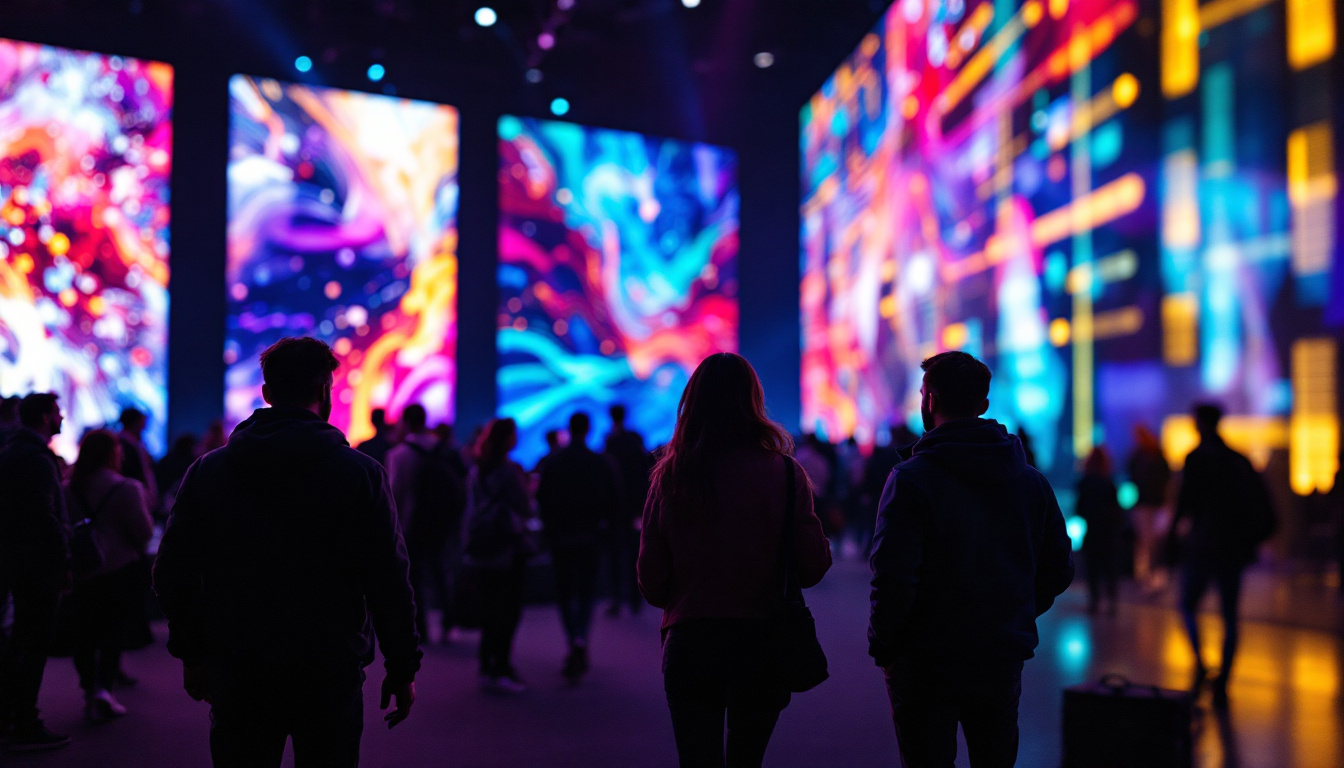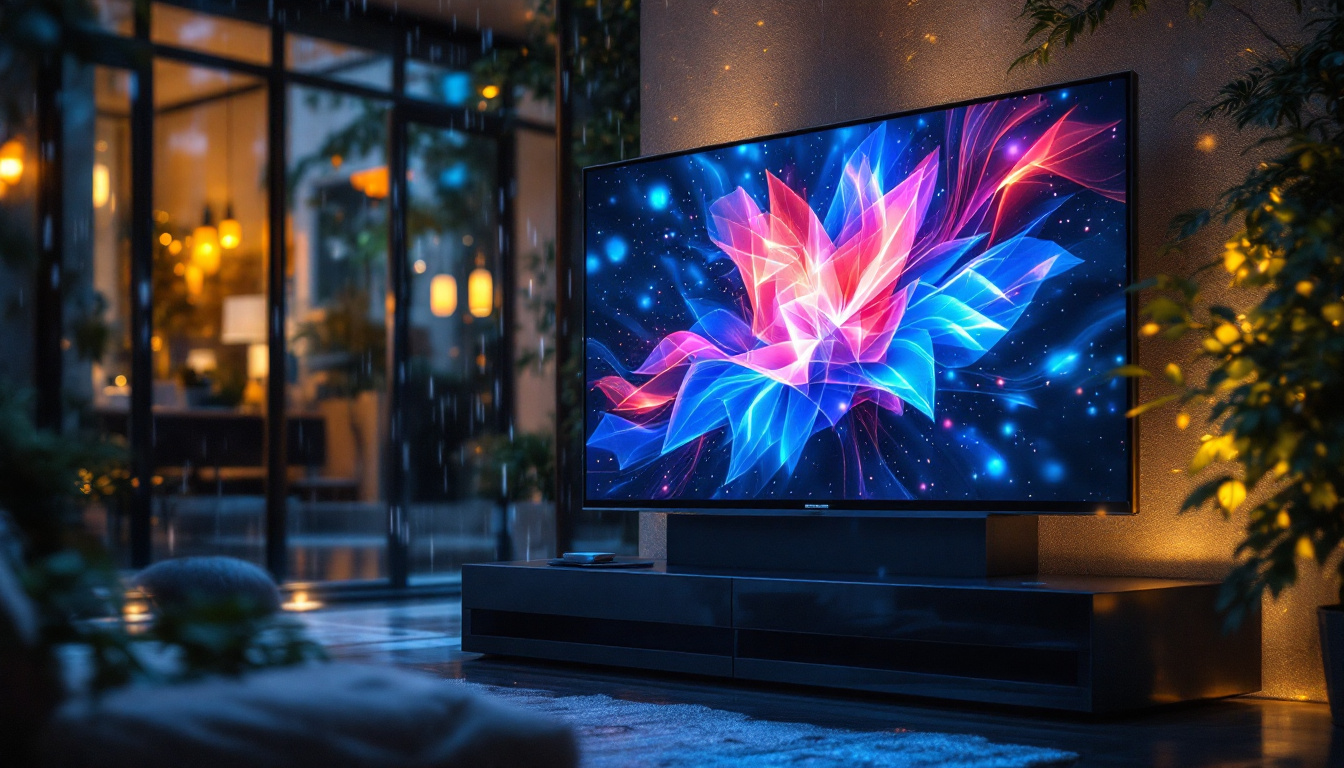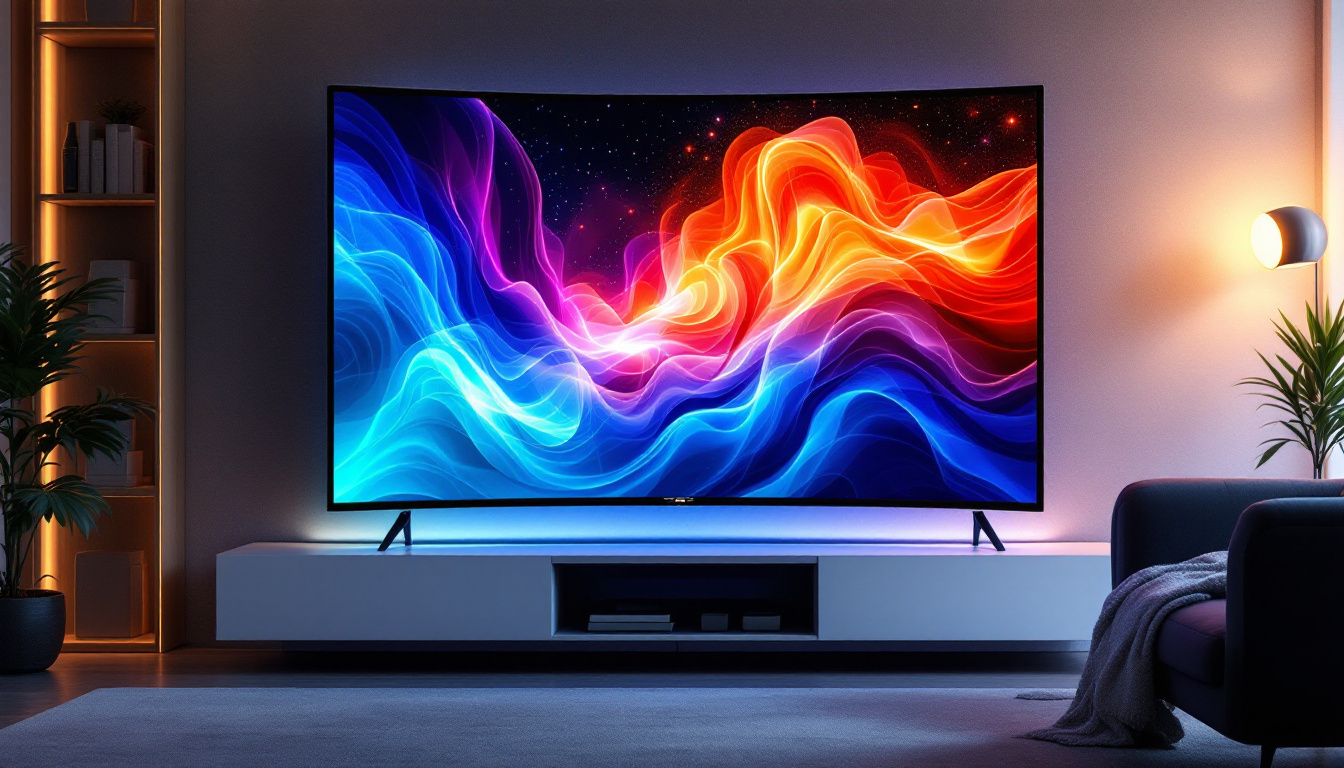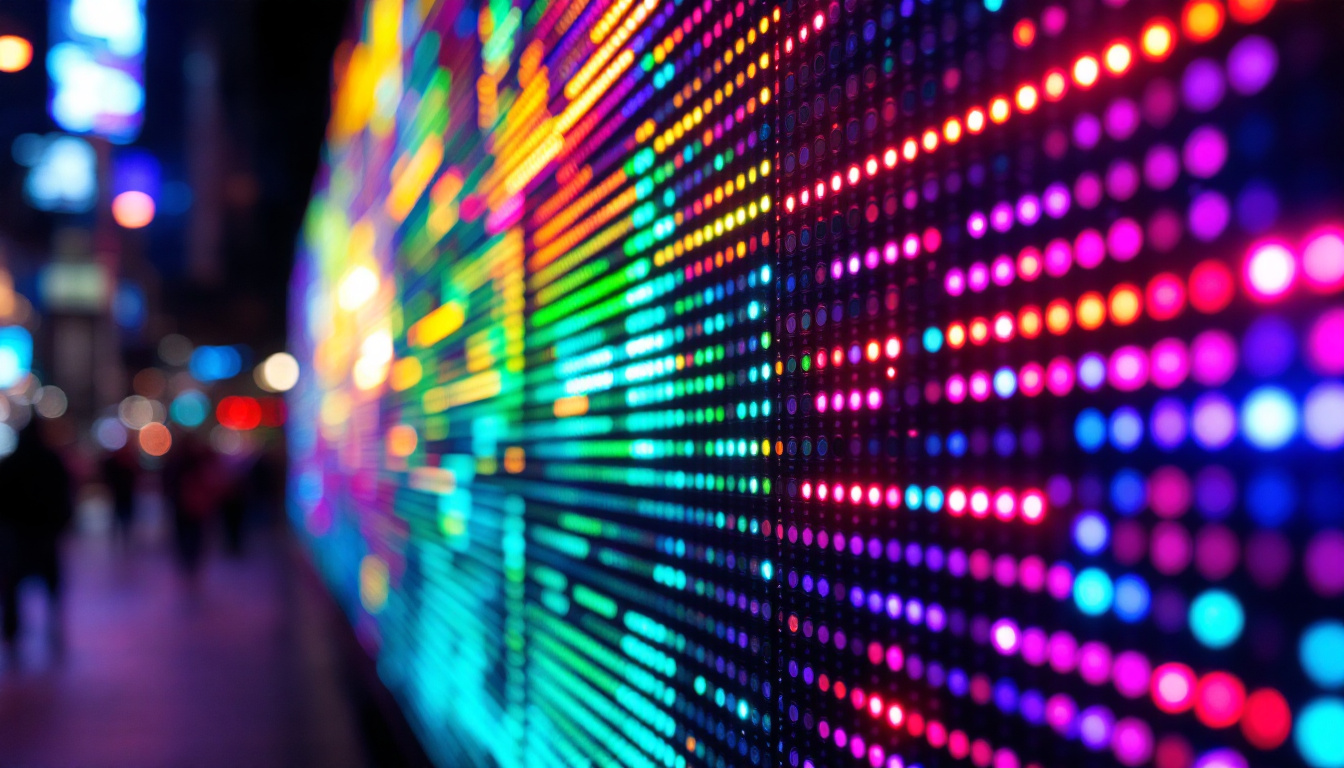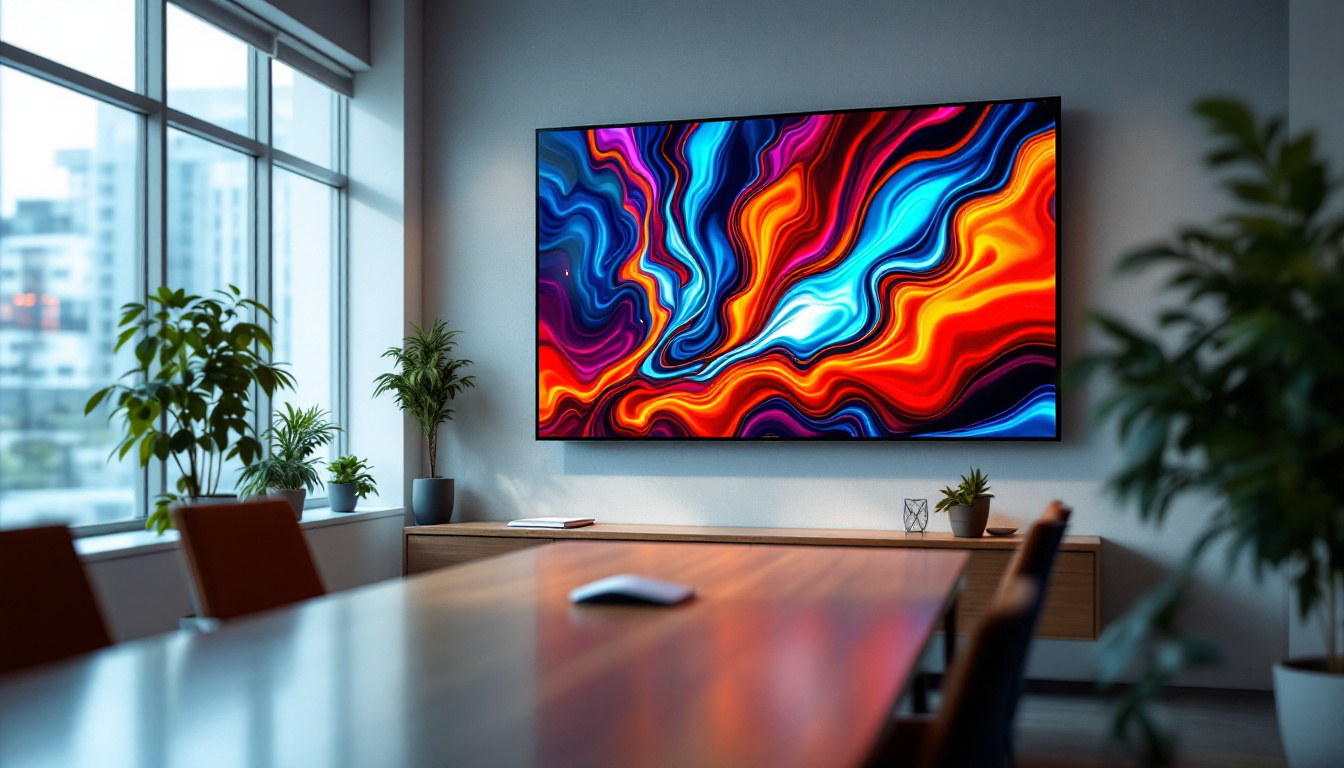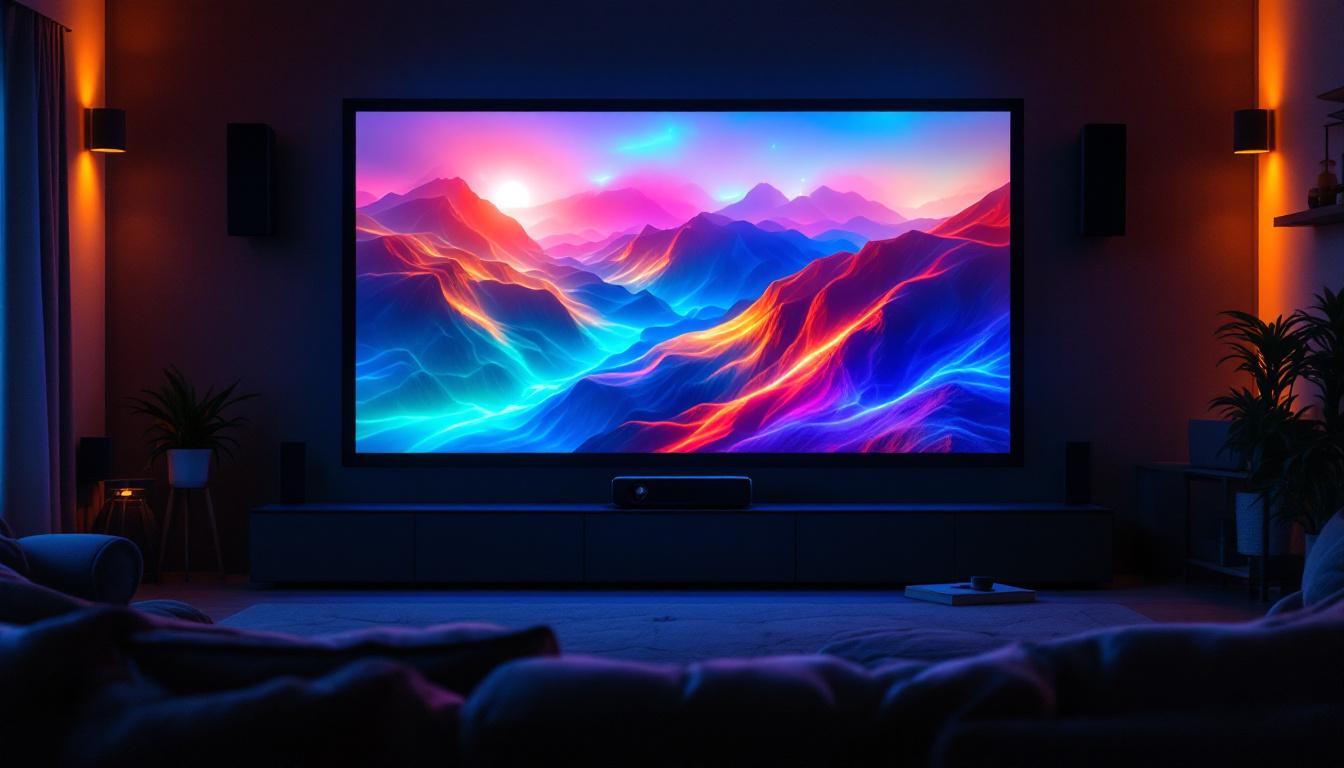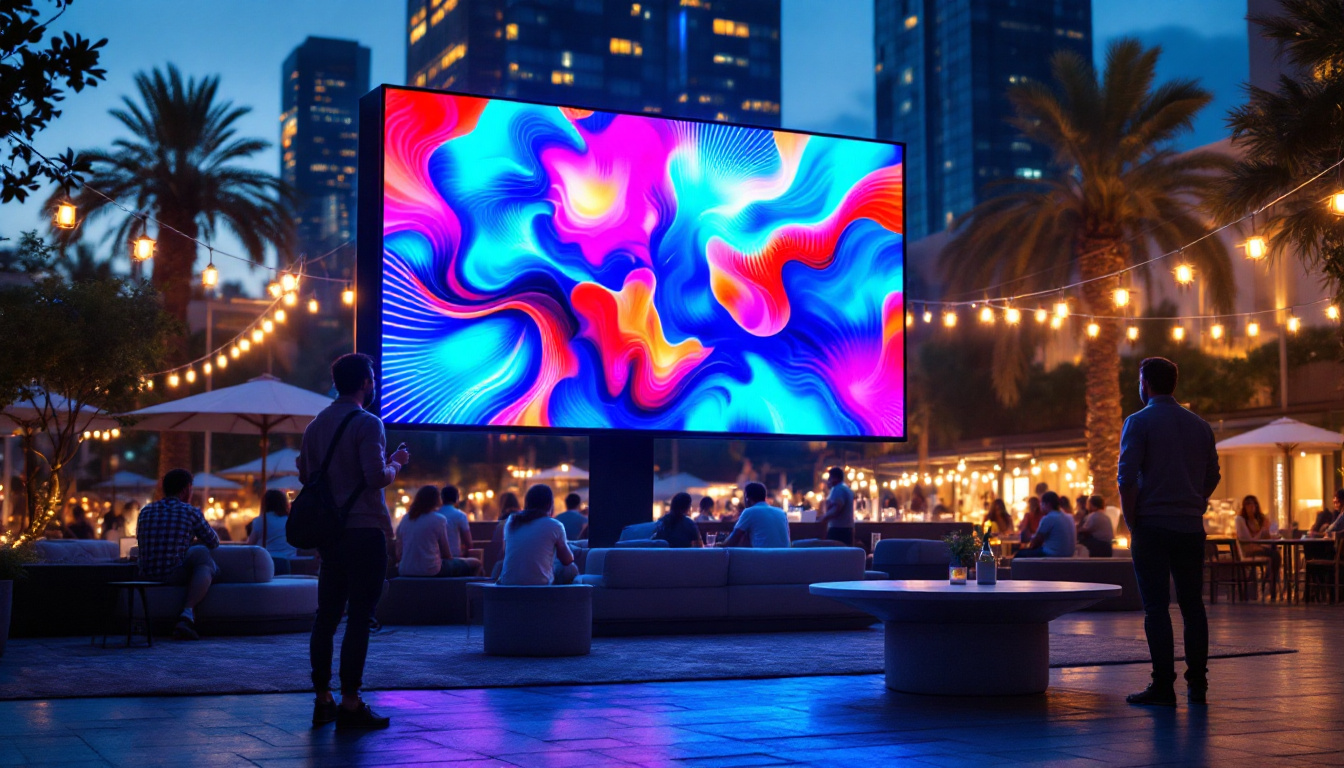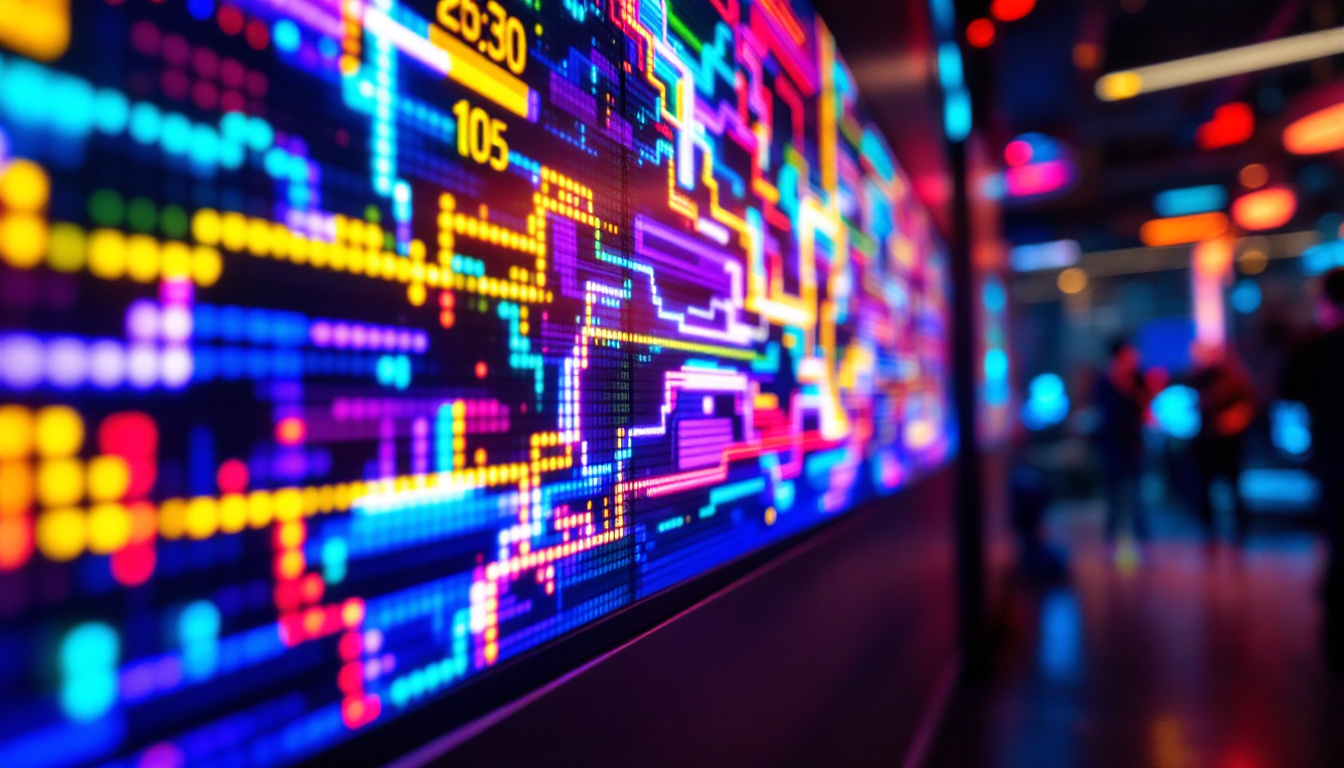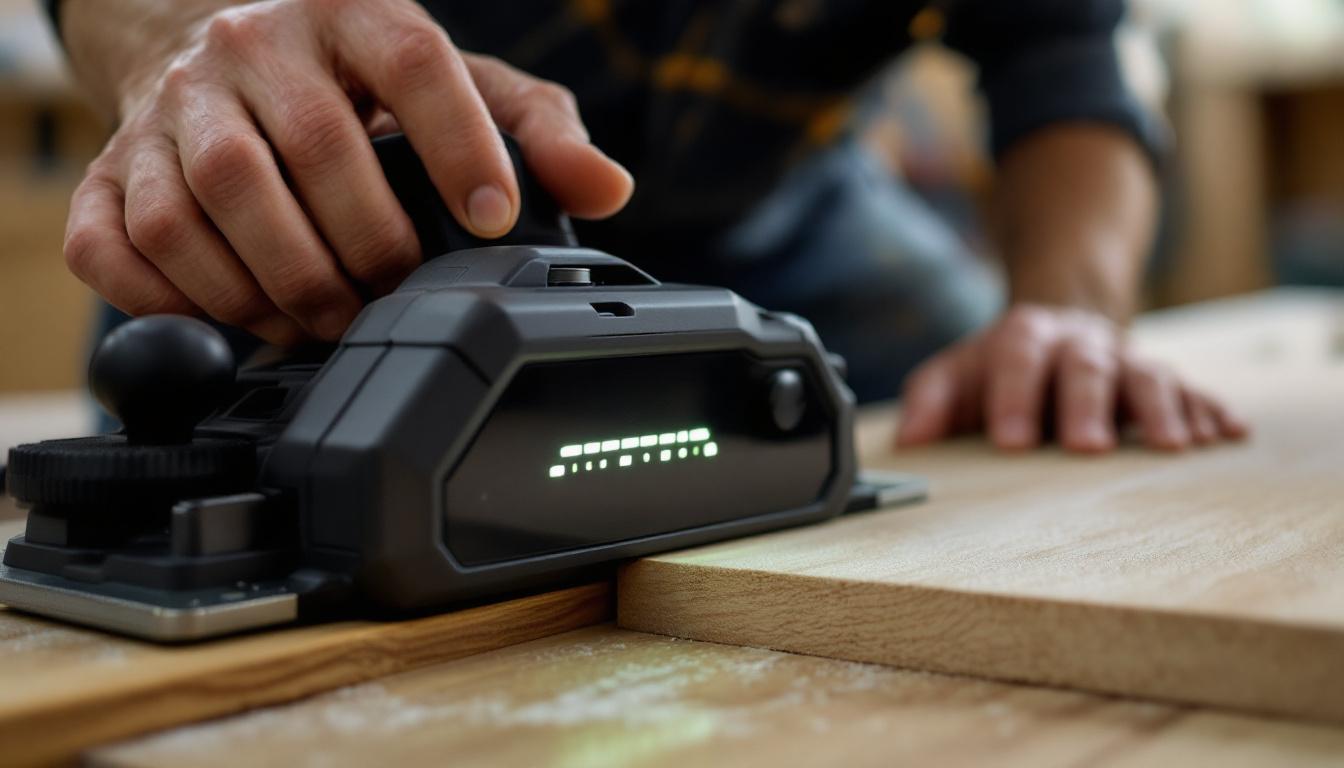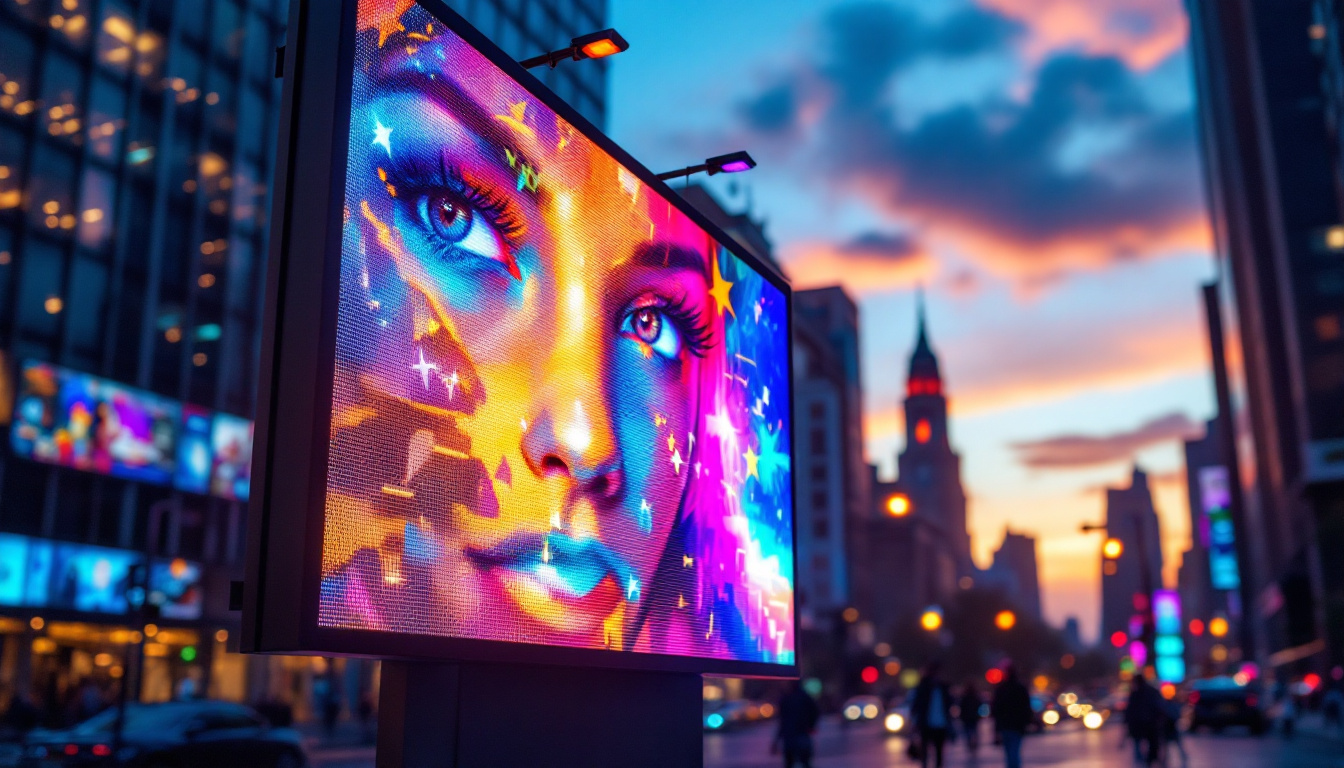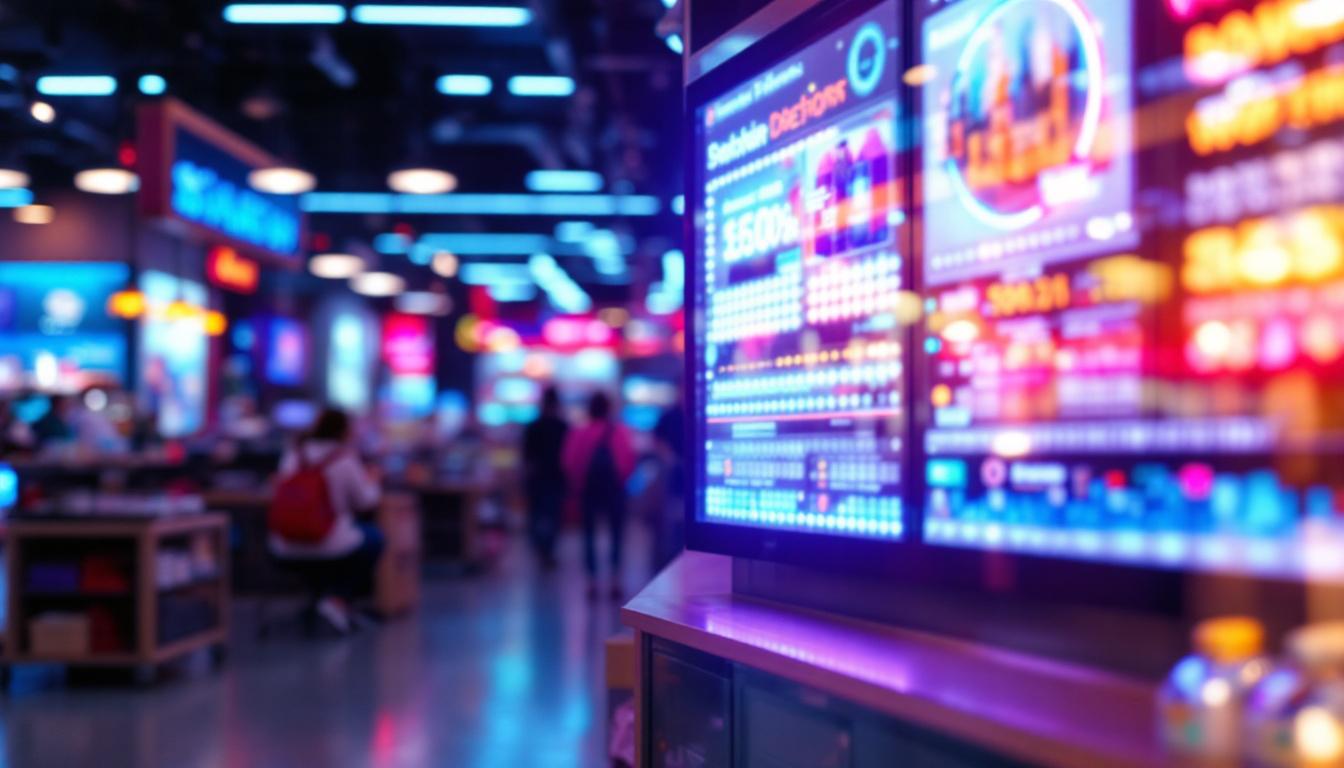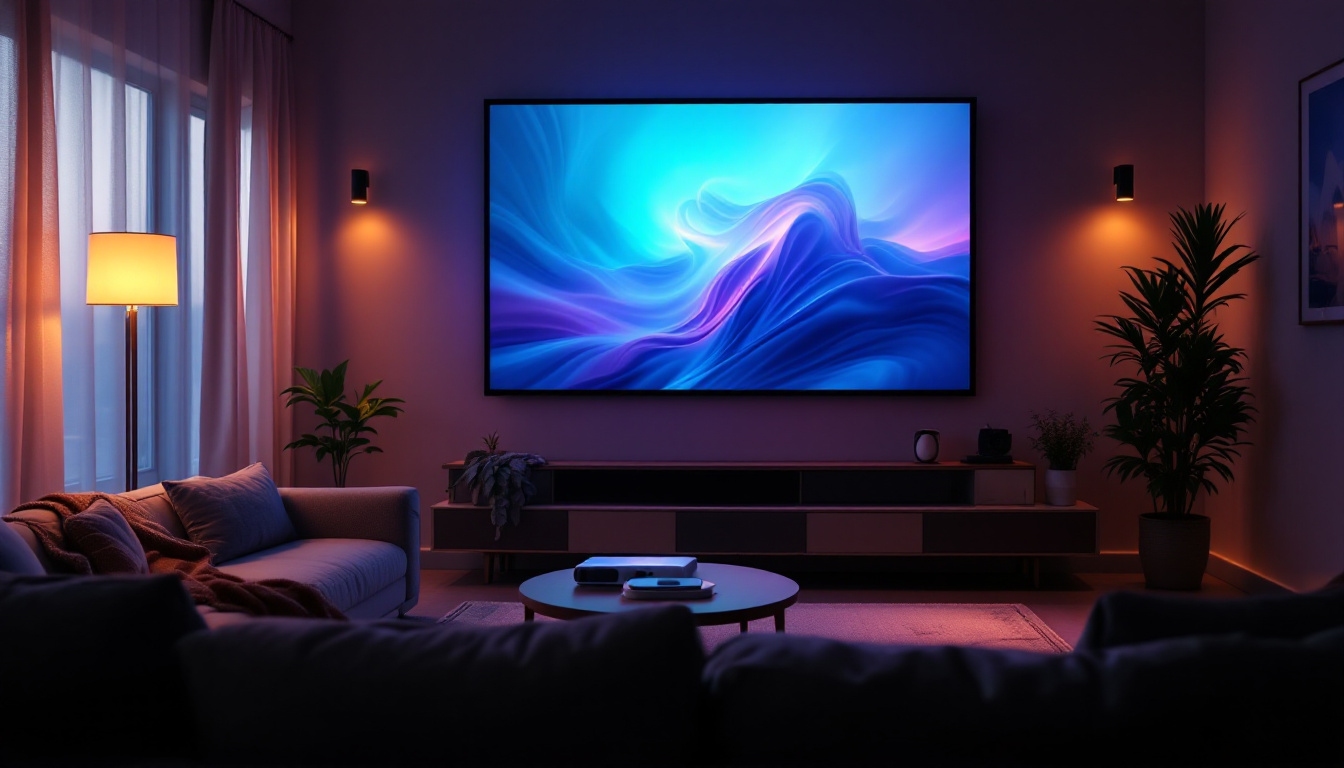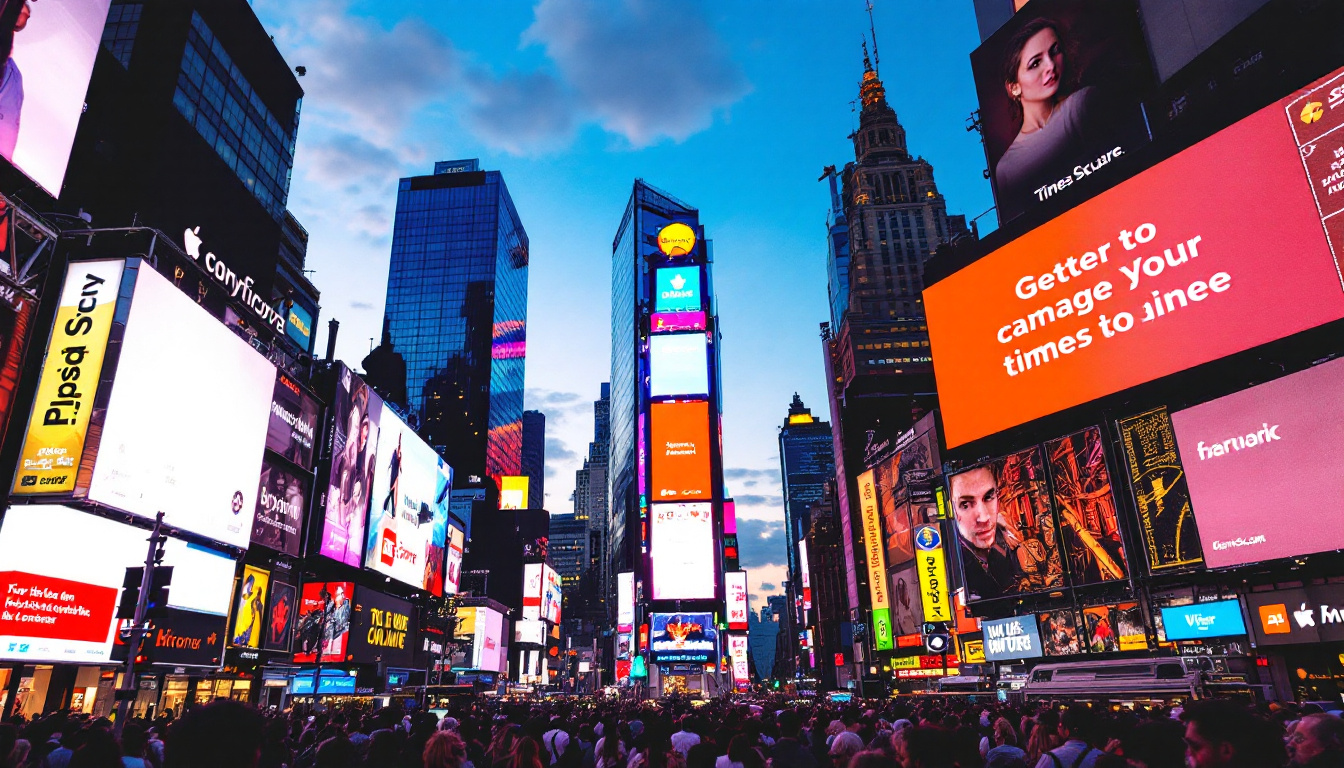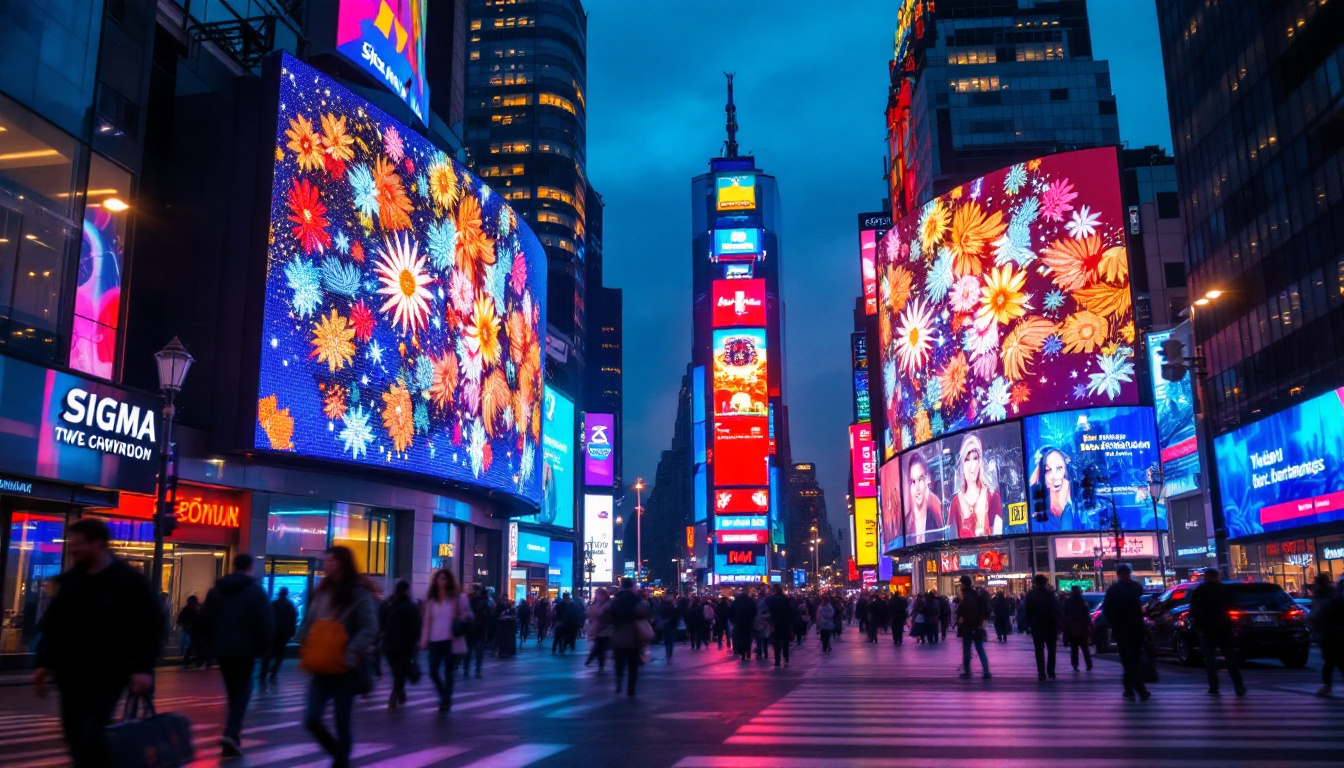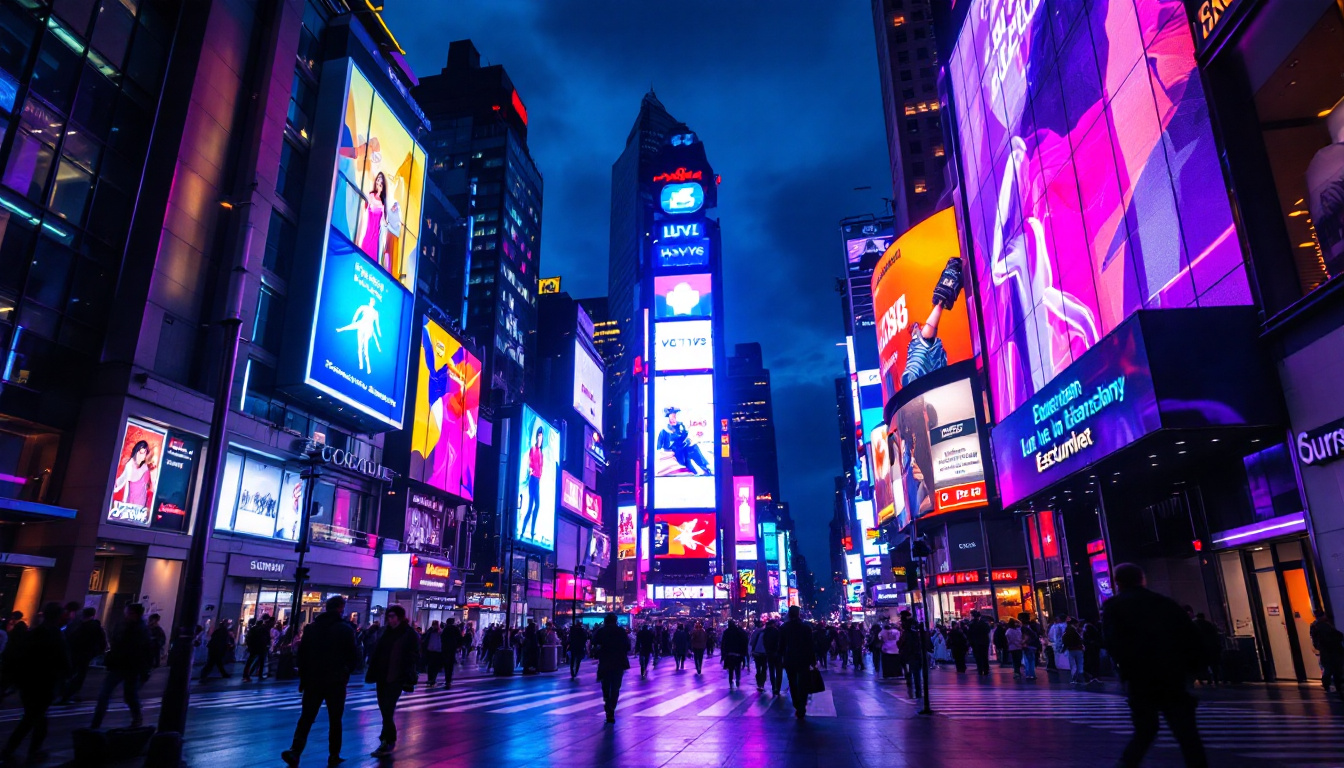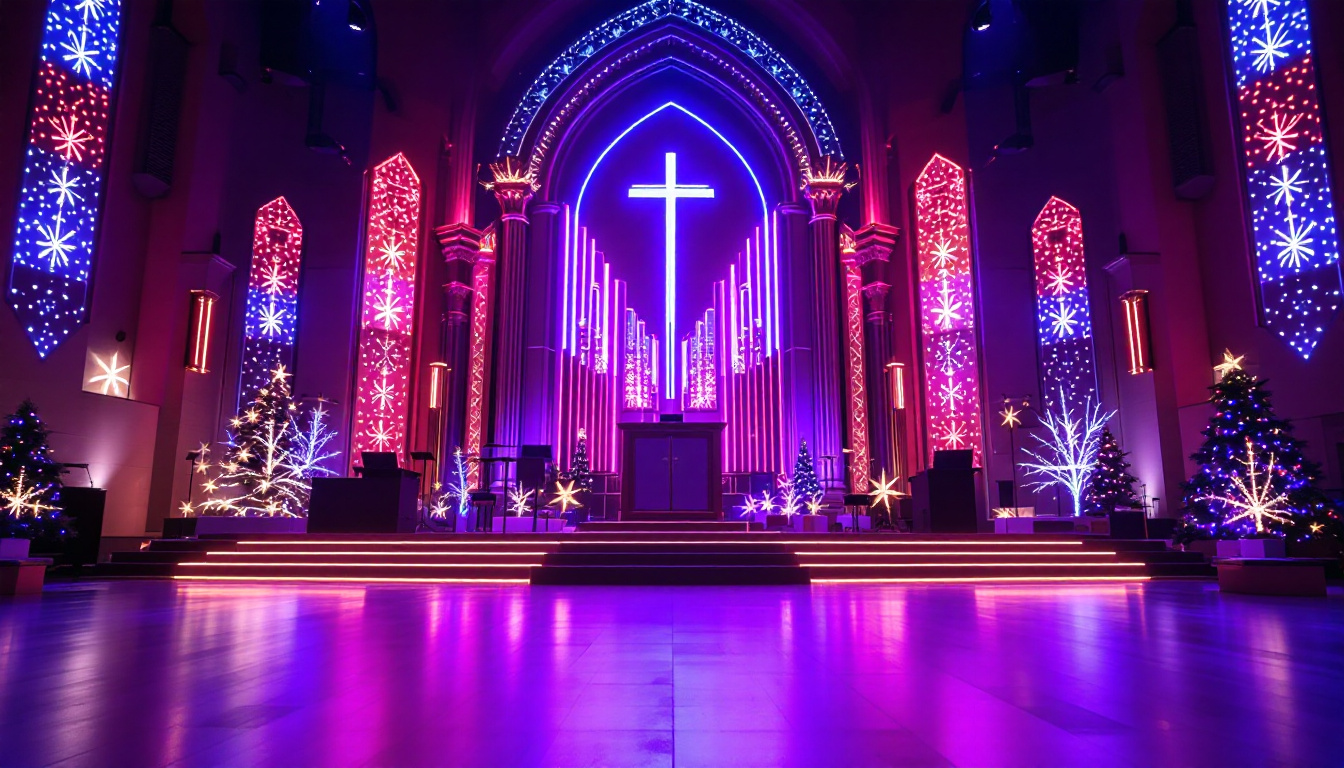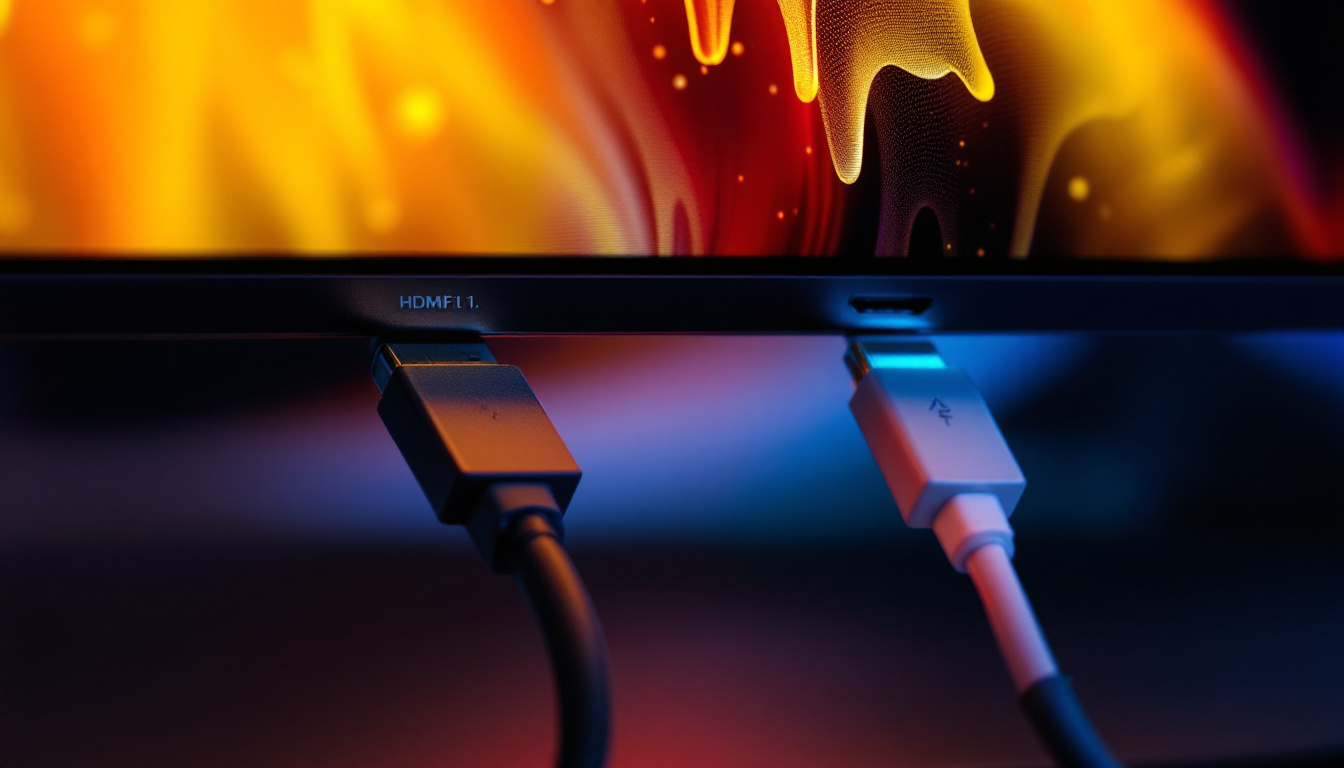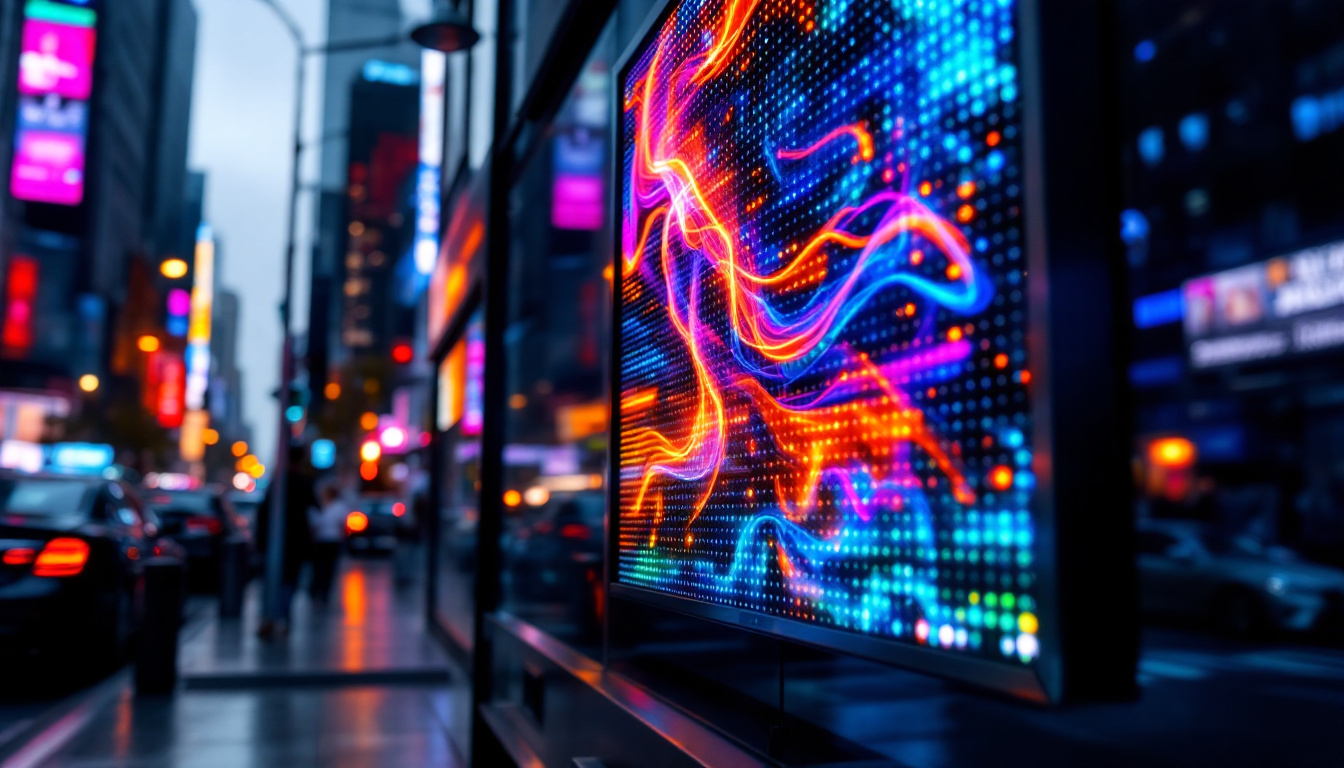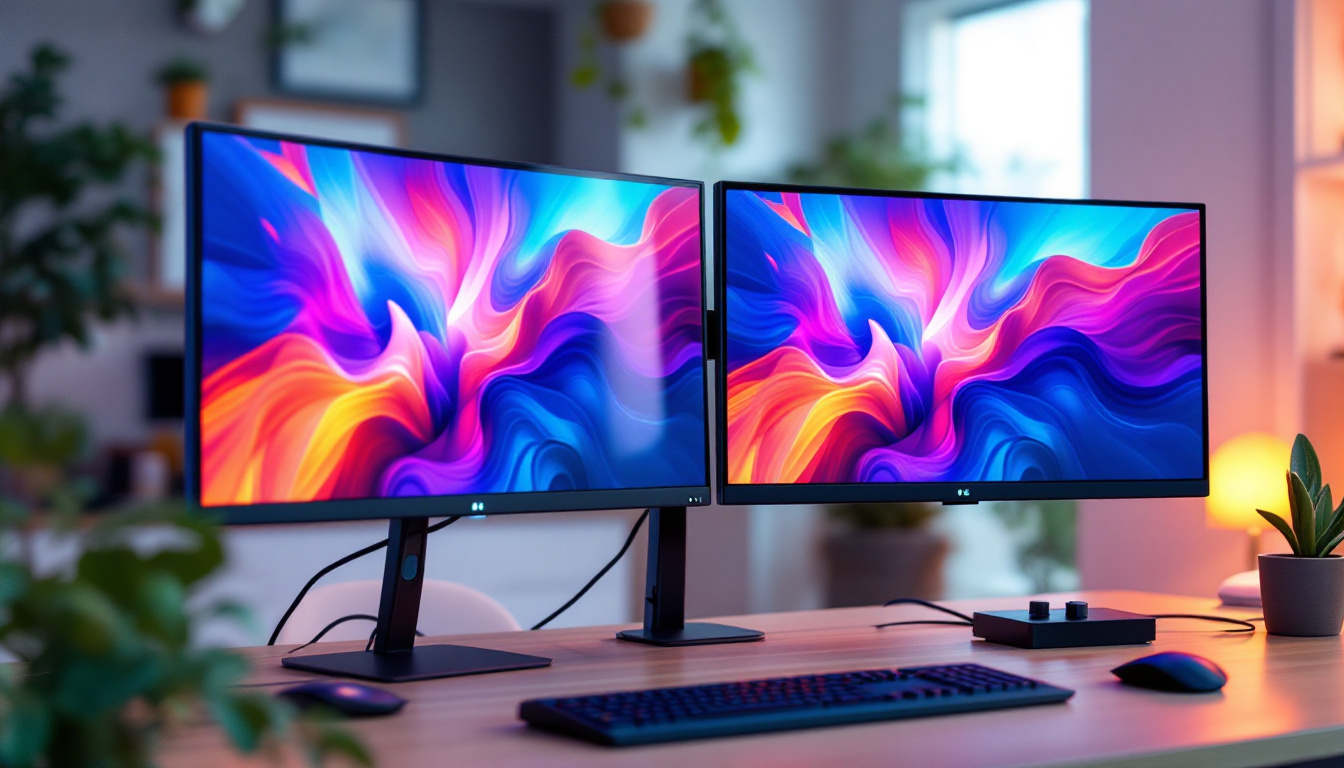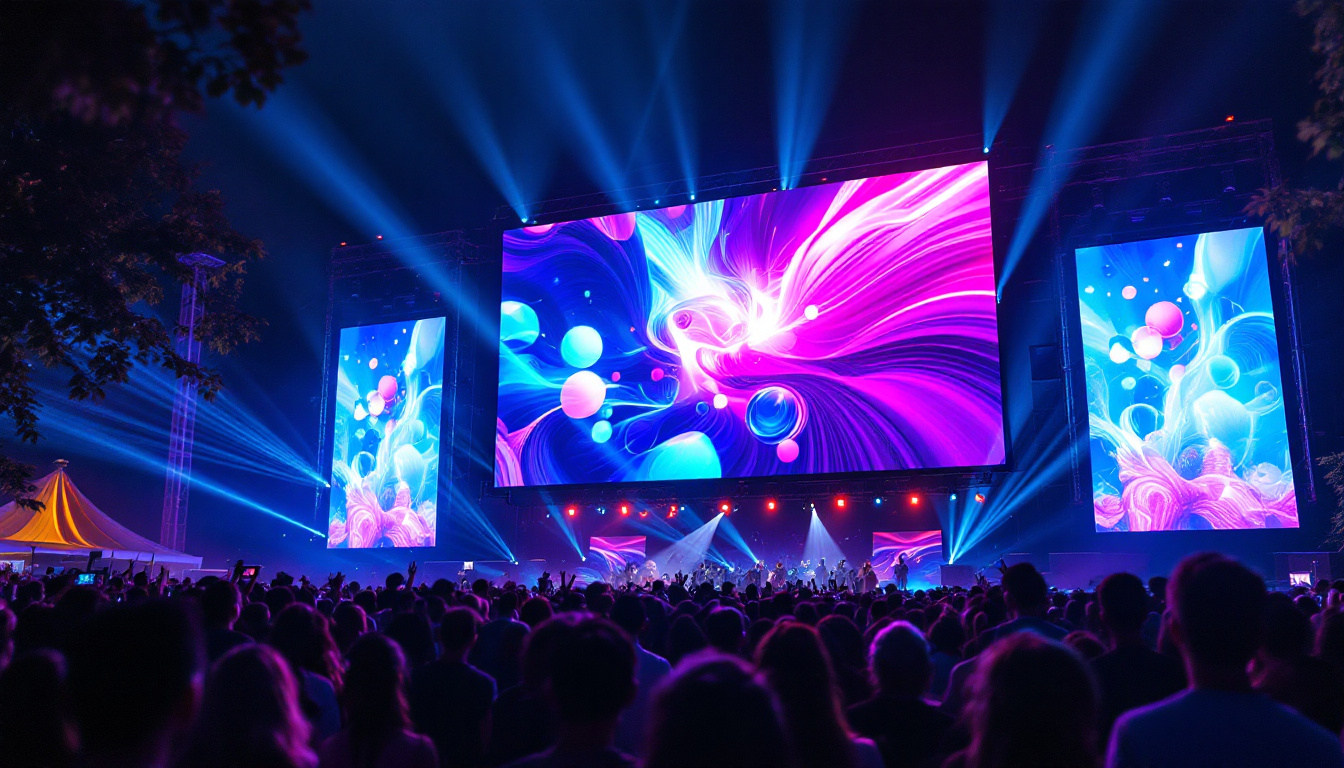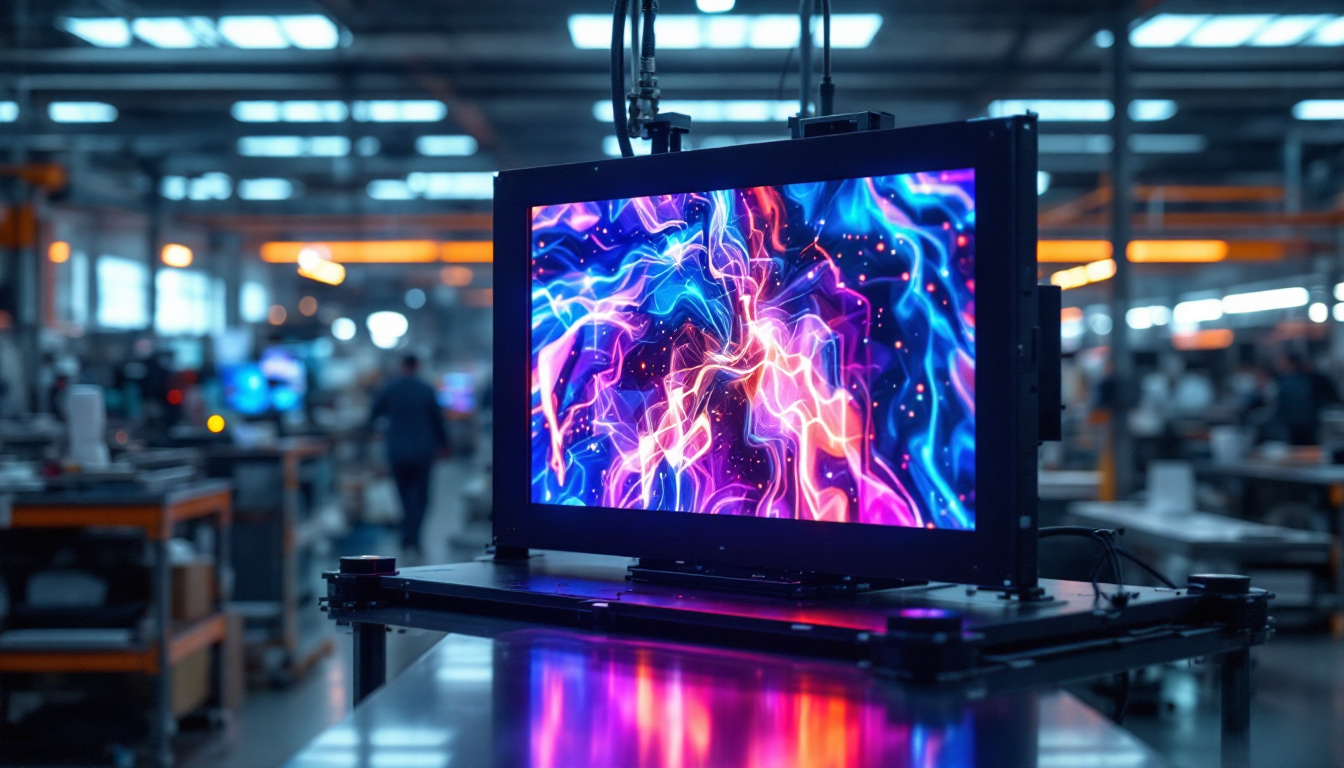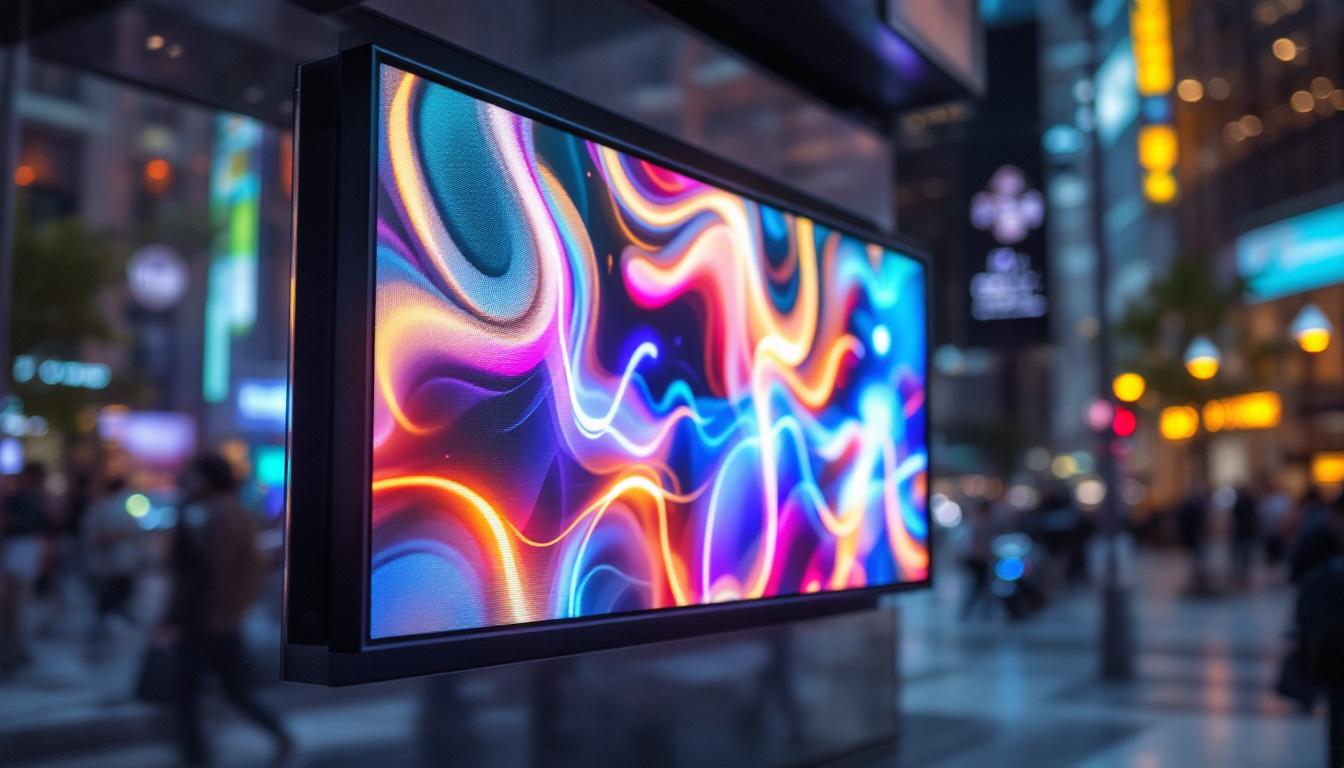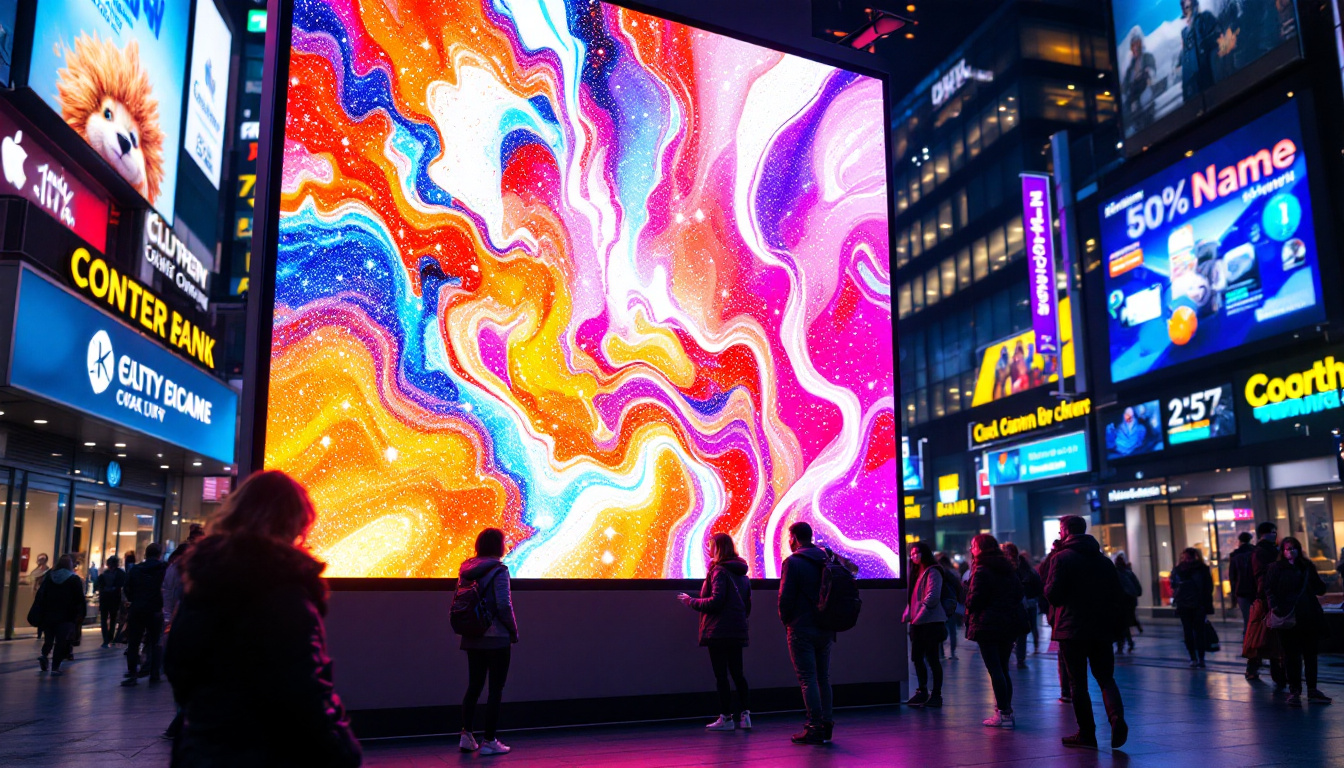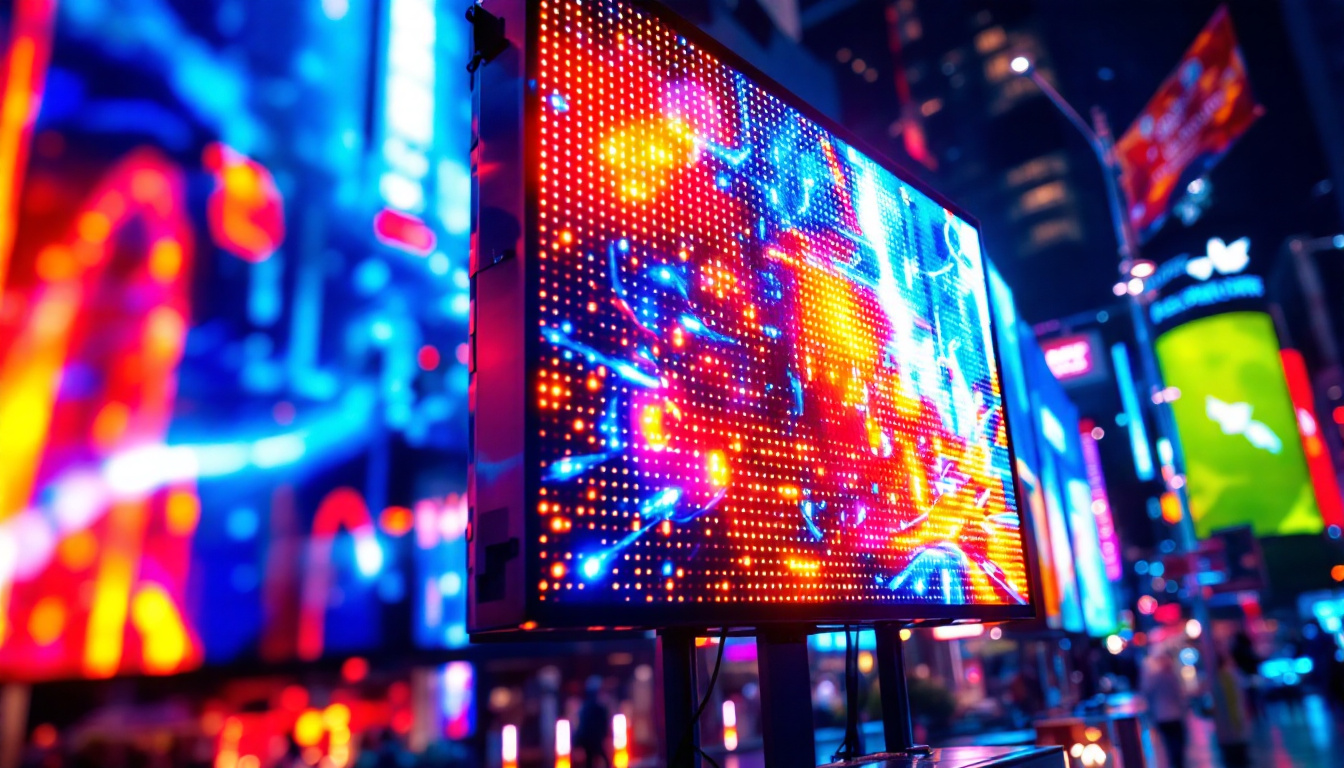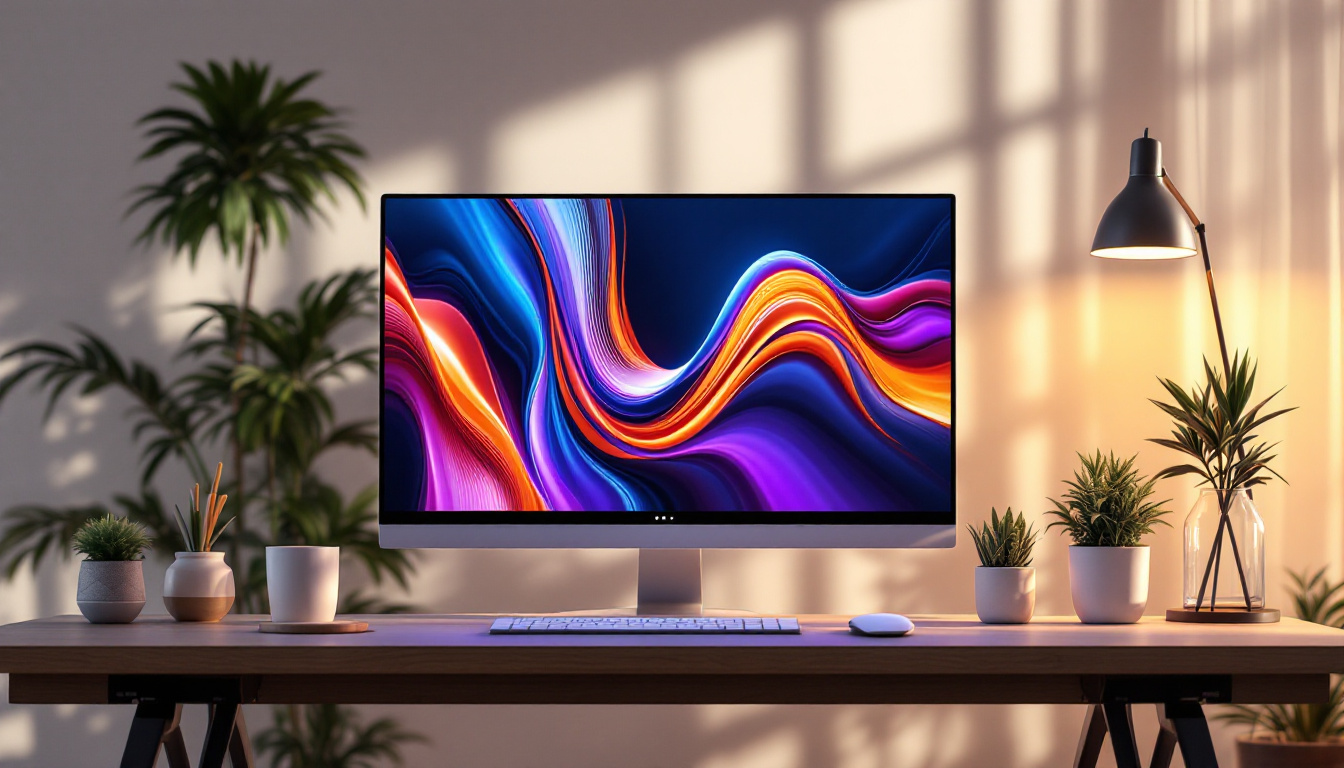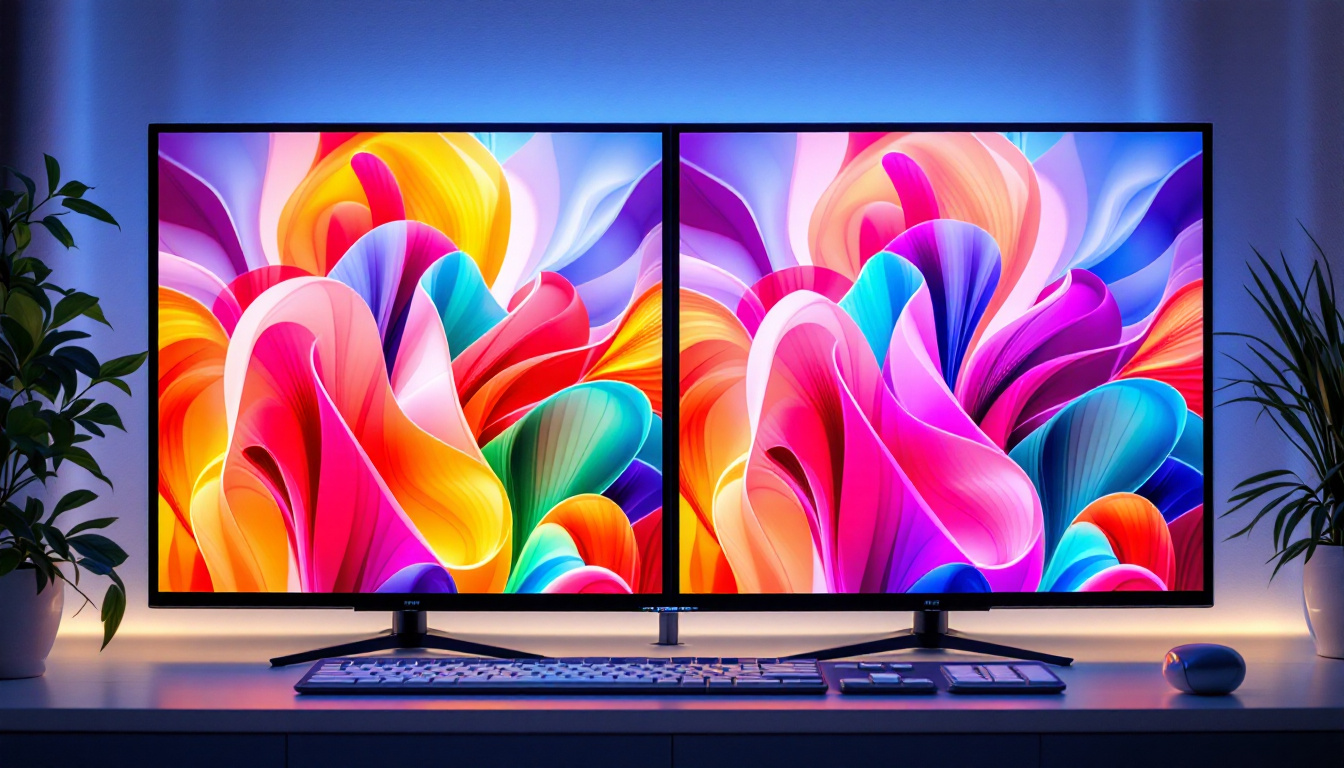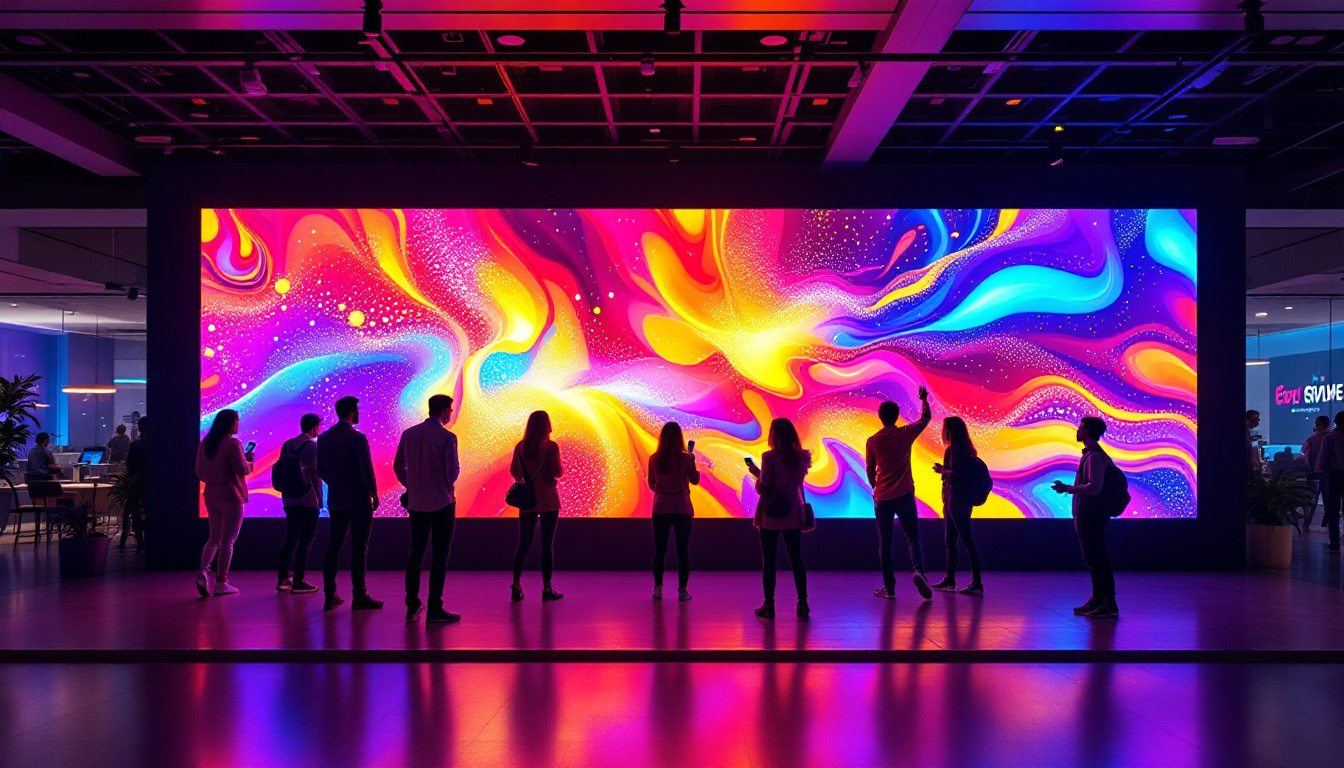In the world of architectural design and visualization, the integration of technology has become essential. One of the most innovative applications of technology in architecture is the use of LED displays on curved walls. This article explores the intricacies of utilizing Revit for designing curved walls with LED displays, shedding light on the benefits, challenges, and best practices in the process.
Understanding Curved Walls in Revit
Revit, a powerful Building Information Modeling (BIM) software, offers architects and designers the tools necessary to create complex geometries, including curved walls. These walls are not just aesthetic features; they can enhance the functionality of a space, improve acoustics, and create a unique visual experience.
The Basics of Curved Wall Creation
Creating a curved wall in Revit involves several steps. Initially, users must choose the wall tool and select the appropriate wall type. After that, the ‘Draw’ panel allows for the selection of an arc or a spline to define the curve. This flexibility enables designers to create walls that fit within their vision, whether it be for a commercial space, an exhibition hall, or a residential project.
Once the curve is defined, it’s essential to adjust the wall properties to ensure that it meets the design specifications. This includes setting the height, thickness, and material of the wall. The ability to visualize these elements in 3D helps designers assess the overall impact of the curved wall in the context of the entire project. Additionally, Revit allows for the integration of various materials, which can be applied to curved walls to achieve different textures and finishes, further enhancing the design intent.
Benefits of Curved Walls
Curved walls can significantly enhance the design of a space. They create a sense of flow and movement, which can be particularly effective in large, open areas. Additionally, curved walls can improve the acoustics of a room by directing sound waves more effectively than traditional flat walls. This is especially beneficial in venues like theaters or concert halls, where sound quality is paramount.
Moreover, the aesthetic appeal of curved walls can elevate the overall design, making spaces feel more inviting and dynamic. When combined with LED displays, these walls can serve as a canvas for digital art, advertising, or information, further enhancing the user experience. The incorporation of natural light through strategically placed windows or skylights along curved walls can also create stunning visual effects, casting unique shadows and highlights that change throughout the day. This interplay of light and form can transform the atmosphere of a space, making it feel more alive and engaging.
Furthermore, curved walls can also play a crucial role in space planning and functionality. In healthcare facilities, for instance, they can help create a calming environment for patients by softening the harsh lines typically found in institutional architecture. In educational settings, curved walls can facilitate collaborative spaces that encourage interaction among students. By breaking away from the rigidity of traditional layouts, designers can foster creativity and innovation, ultimately leading to more effective use of space.
Integrating LED Displays with Curved Walls
LED displays have revolutionized the way information and art are presented in architectural spaces. When integrated with curved walls, they offer a unique opportunity to create immersive environments that captivate audiences.
Design Considerations for LED Displays
When incorporating LED displays into curved walls, several design considerations must be taken into account. The first is the curvature of the wall itself. LED panels are typically flat, which means that careful planning is required to ensure that the display fits seamlessly onto the curved surface. This may involve custom fabrication of the LED panels to match the wall’s curvature. The design process often begins with 3D modeling software, allowing designers to visualize how the LED displays will interact with the architectural elements of the space. This not only aids in achieving a perfect fit but also helps in exploring various artistic possibilities, such as dynamic visuals that follow the contours of the wall.
Another critical factor is the resolution of the LED display. The closer viewers are to the display, the higher the resolution needs to be to maintain image clarity. This is especially important in environments like museums or retail spaces where viewers may be interacting closely with the display. Furthermore, the choice of pixel pitch becomes essential; finer pixel pitches provide greater detail and are ideal for close-range viewing, while larger pitches may be suitable for displays viewed from a distance. Designers must strike a balance between resolution, cost, and the intended viewing experience to ensure that the installation meets the expectations of its audience.
Technical Challenges and Solutions
Integrating LED displays with curved walls presents several technical challenges. One of the most significant issues is ensuring proper mounting and support for the LED panels. The curvature of the wall can complicate the installation process, requiring specialized mounting solutions that can accommodate the unique shape. Innovative mounting brackets and adjustable supports are often employed to provide the necessary flexibility and stability, ensuring that the displays remain securely in place while allowing for easy maintenance access.
Additionally, the electrical and data connections for the LED displays must be carefully planned. Curved walls may necessitate custom wiring solutions to ensure that all components function correctly without compromising the aesthetic of the design. Collaboration with experienced AV professionals can help navigate these challenges effectively. Moreover, the integration of smart technology can enhance the functionality of the displays; for instance, utilizing wireless communication can reduce the need for extensive cabling, simplifying the installation process and allowing for more creative freedom in the design. As technology continues to evolve, the possibilities for integrating LED displays with curved walls are expanding, paving the way for even more innovative applications in various environments.
Best Practices for Designing Curved Walls with LED Displays
Successfully designing curved walls that incorporate LED displays requires a thoughtful approach. Following best practices can help streamline the process and ensure a successful outcome.
Collaboration and Communication
Collaboration among architects, designers, and AV specialists is crucial. Early involvement of all stakeholders in the design process can lead to innovative solutions and prevent costly changes later in the project. Regular communication ensures that everyone is on the same page regarding design intent, technical specifications, and installation requirements.
Utilizing collaborative tools within Revit can facilitate this communication, allowing team members to share models, comments, and updates in real time. This transparency fosters a more cohesive design process and ultimately leads to a better final product.
Prototyping and Visualization
Before finalizing the design, creating prototypes or visualizations can be incredibly beneficial. This may involve 3D modeling of the curved wall with the LED display integrated, allowing stakeholders to visualize the final product in a realistic manner. Virtual reality (VR) tools can also be employed to provide an immersive experience, helping to identify potential issues early in the design process.
Prototyping can extend to physical models, which provide a tangible representation of the design. This can be particularly useful for complex shapes or innovative features that may be difficult to convey through digital models alone.
Case Studies: Successful Implementations
Examining successful implementations of curved walls with LED displays can provide valuable insights and inspiration for future projects. Several notable examples highlight the potential of this design approach.
Commercial Spaces
In commercial environments, curved walls with LED displays have been used to create striking focal points. For instance, a high-end retail store may feature a curved LED wall that showcases dynamic product displays, drawing customers into the space. This not only enhances the shopping experience but also reinforces the brand’s identity through innovative design.
Another example can be found in corporate offices, where curved walls with integrated LED displays serve as dynamic presentation tools. These walls can be programmed to display company information, branding, or even interactive content during meetings, creating a more engaging environment for employees and clients alike.
Cultural and Entertainment Venues
cultural institutions, such as museums and art galleries, have also embraced the concept of curved walls with LED displays. These installations can serve as immersive storytelling tools, allowing visitors to engage with exhibits in new and exciting ways. For example, a museum may use a curved LED wall to create a dynamic backdrop for an art installation, enhancing the viewer’s experience and understanding of the artwork.
In entertainment venues, curved walls with LED displays can transform the audience experience. Concerts and performances can incorporate these walls to create stunning visual effects that complement the live music, making for a memorable event. The ability to project high-quality visuals on curved surfaces adds an extra layer of excitement and engagement for attendees.
The Future of Curved Walls and LED Displays
The integration of curved walls and LED displays is still an evolving field, with new technologies and design techniques continually emerging. As the demand for innovative architectural solutions grows, the potential applications of this combination will expand.
Emerging Technologies
Advancements in LED technology, such as flexible LED panels and improved resolution, are making it easier to integrate displays into curved surfaces. These innovations open up new possibilities for design, allowing for more complex and visually stunning installations. Additionally, the development of smart LED displays that can interact with their environment will further enhance the user experience.
Moreover, as sustainability becomes a priority in architectural design, the use of energy-efficient LED technology will play a crucial role. Designers will increasingly seek ways to incorporate these elements in a manner that minimizes environmental impact while maximizing aesthetic appeal.
Conclusion
Curved walls with integrated LED displays represent a fascinating intersection of architecture and technology. By leveraging the capabilities of Revit and embracing innovative design practices, architects and designers can create spaces that are not only visually stunning but also functional and engaging. As technology continues to evolve, the future of curved walls and LED displays promises to be even more exciting, offering endless possibilities for creative expression in architectural design.
Discover LumenMatrix’s Innovative LED Solutions
Ready to bring your architectural designs to life with the latest in LED display technology? Explore LumenMatrix’s comprehensive range of LED solutions, including Indoor and Outdoor LED Wall Displays, Vehicle LED Displays, and more. Each product is crafted to transform your space into a dynamic and engaging environment. Whether you’re looking to create an immersive experience with a Curved Wall LED Display or seeking a Custom LED Display solution, LumenMatrix is your partner in revolutionizing visual communication. Check out LumenMatrix LED Display Solutions today and elevate your project with unparalleled clarity and impact.

